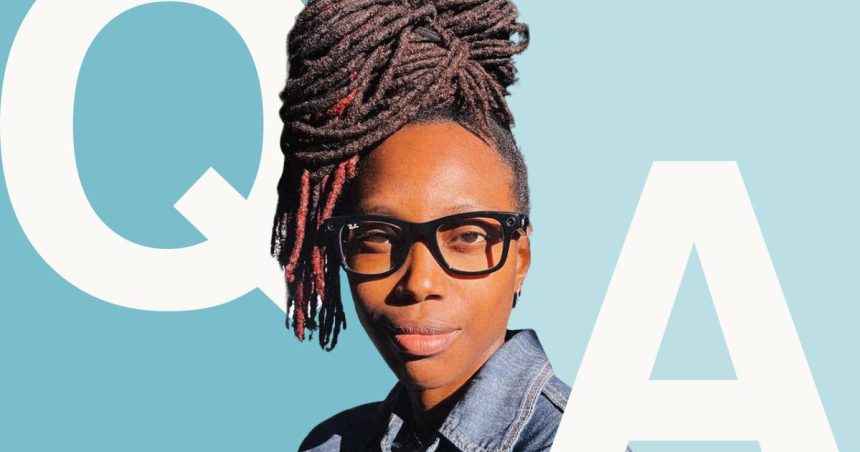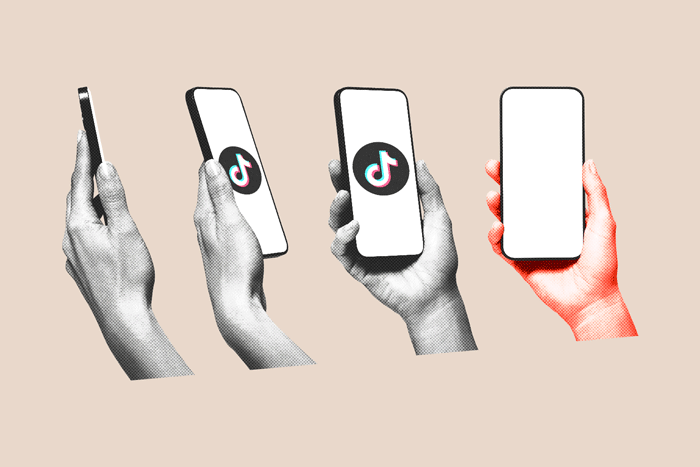Alexia Adana is a visual artist and creative director who serves as VP, director of creative technology at Edelman. She’s joining Marketing Brew next week at our event, Tactical Martech: The Future of AI, Attribution, and Privacy.
Ahead of the event, we had Adana tell us a little bit about how she is using AI, and what her thoughts are on the tech’s possibilities.
How are you and your teams using AI today? Edelman’s AI capabilities are pretty wide-ranging, from building [a] proprietary LLM, ArchieAI, and generative engine optimization to AI readiness assessments for clients on their business transformation journeys. From a creative standpoint, and from where I sit on Edelman’s experiences and design team, we’re primarily using APIs to create out-of-home and digital experiences that are AI-powered to engage with consumers. We are continually testing and experimenting with new tools, proactively building white-label prototypes that solve future problems with emerging technology.
What is the best real-life application of AI that you have seen in the marketing world so far? The 2024 Cannes award-winning Voice 2 Diabetes by Klick Health is a perfect example of AI used with intention, not just for novelty. By analyzing voice patterns to screen for diabetes, it tackled a real-world healthcare challenge in India, blending technology with human-centered problem-solving.
There are plenty of proposed use cases for AI. Which applications are most promising to you? Which ones are least promising? For me, the most promising use cases for AI are the ones that solve real-world problems, especially for marginalized communities. These communities are the most negatively impacted by technological advancements, like AI, due to their lack of access and education, so I’m for anything that pays that back and closes the accessibility gap.
Get marketing news you’ll actually want to read
Marketing Brew informs marketing pros of the latest on brand strategy, social media, and ad tech via our weekday newsletter, virtual events, marketing conferences, and digital guides.
I find the least promising use case to be when AI is used to directly replace human skills, rather than augmenting them. There is so much potential to be unlocked with AI; it can be the right brain to my left brain. We’re staunch believers in the “human in the loop” philosophy when it comes to AI.
What role do you think the advertising industry can or should play in evaluating AI risks, ethics, and regulations? The advertising industry occupies a key role in our broader societal ecosystem. We see in Edelman’s Trust Barometer data the consumer desire for more trust and transparency when it comes to innovations, like AI, and I think the industry should help establish those standards by being responsible and transparent in how they are using AI to keep storytelling human and craft-centered.
What advice do you have for marketers and brands that are considering using AI but aren’t sure where to start? The most important first step to take is to ask yourself, “Why am I using AI and how does it fit into my process?” If you can’t come up with an answer beyond using it for the sake of using AI, then I encourage you to dig deeper.
Read the full article here










